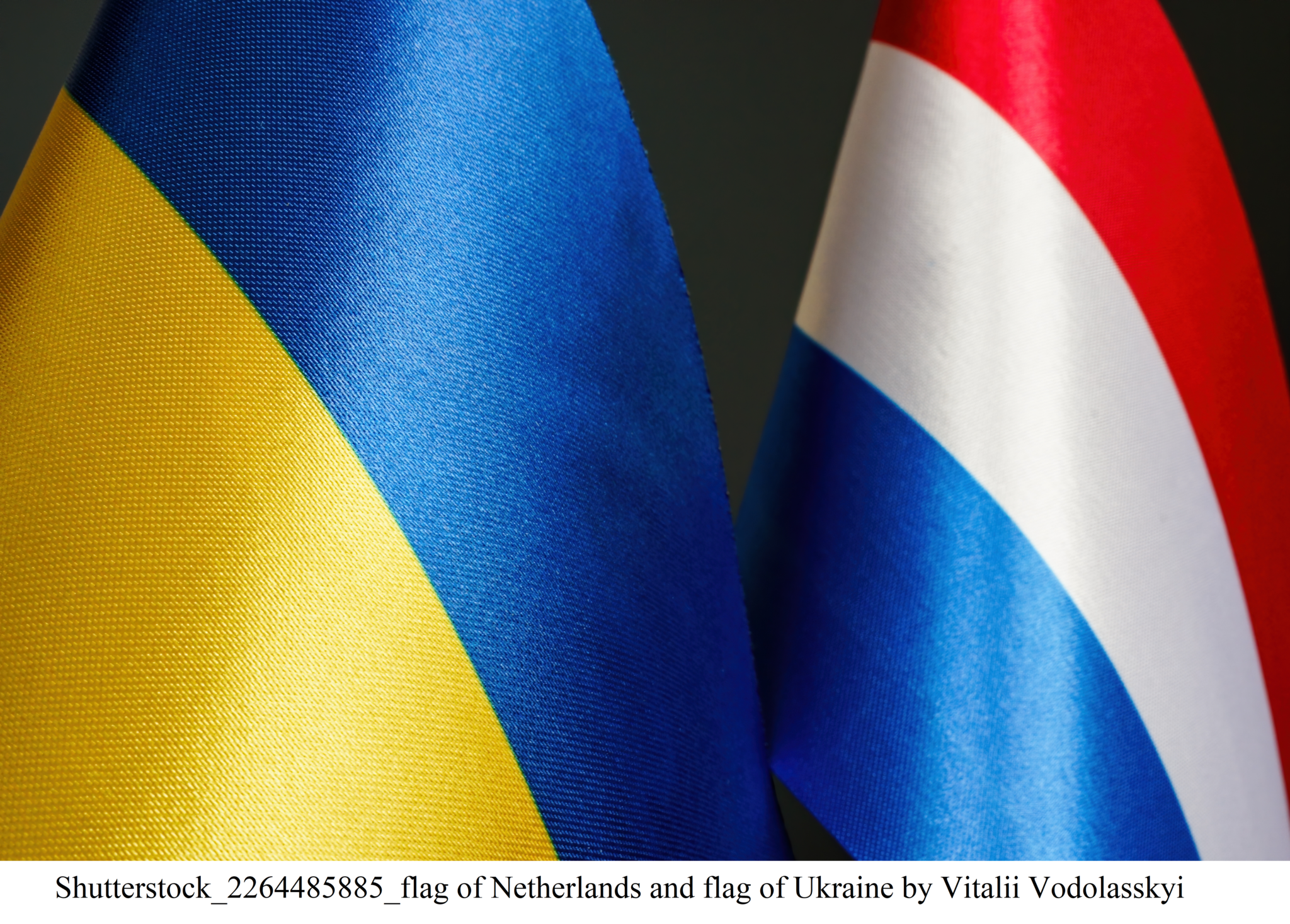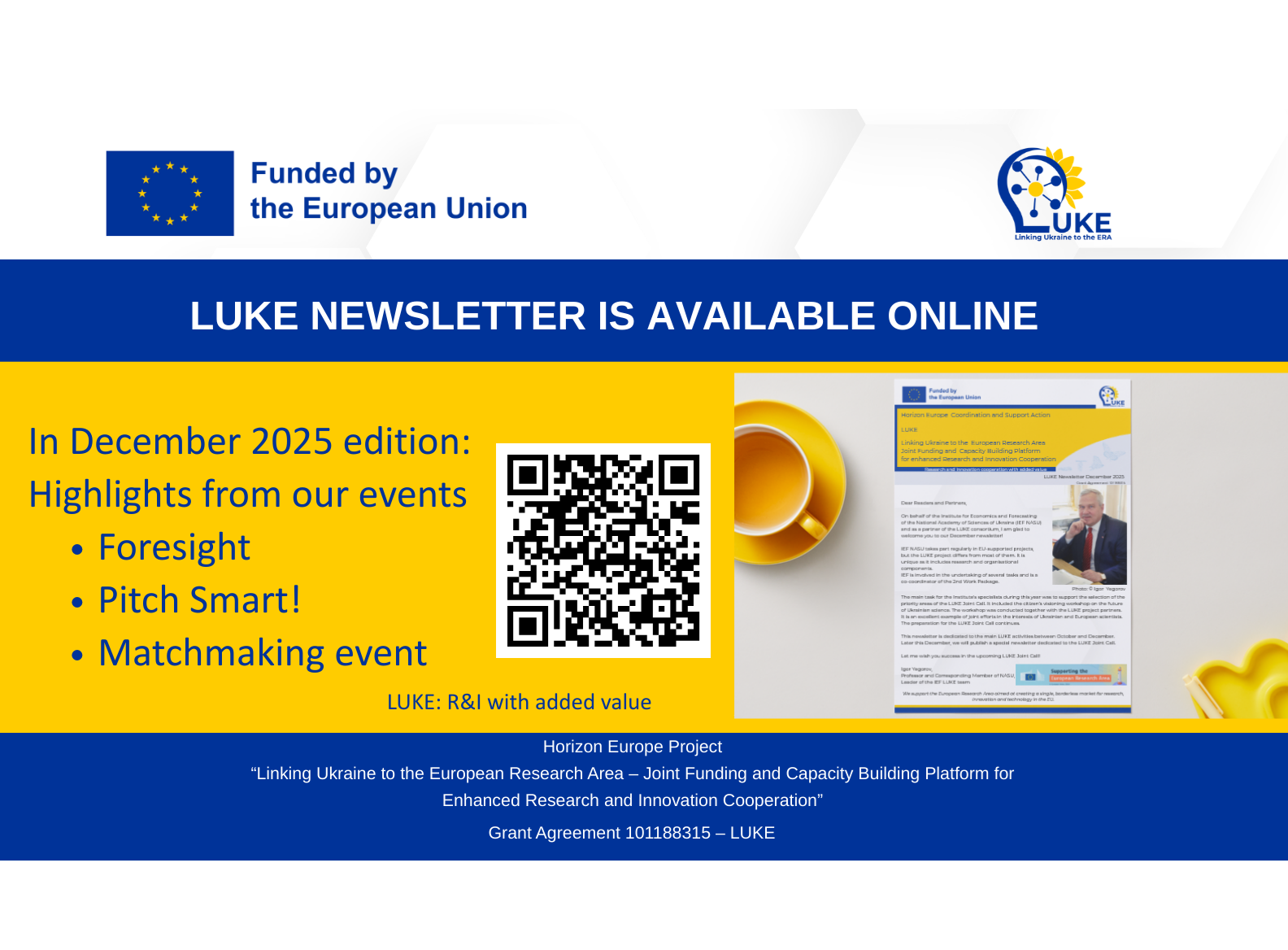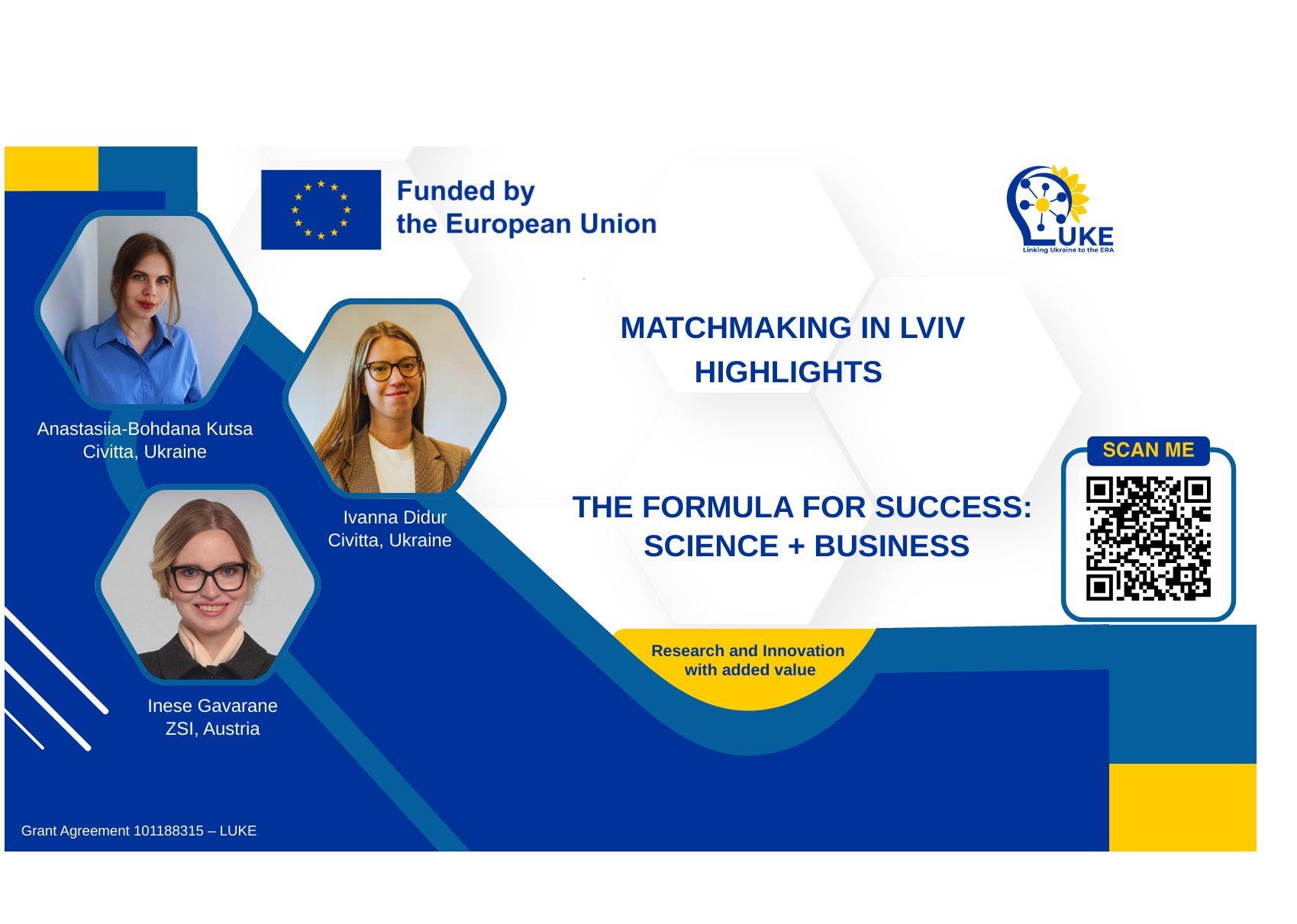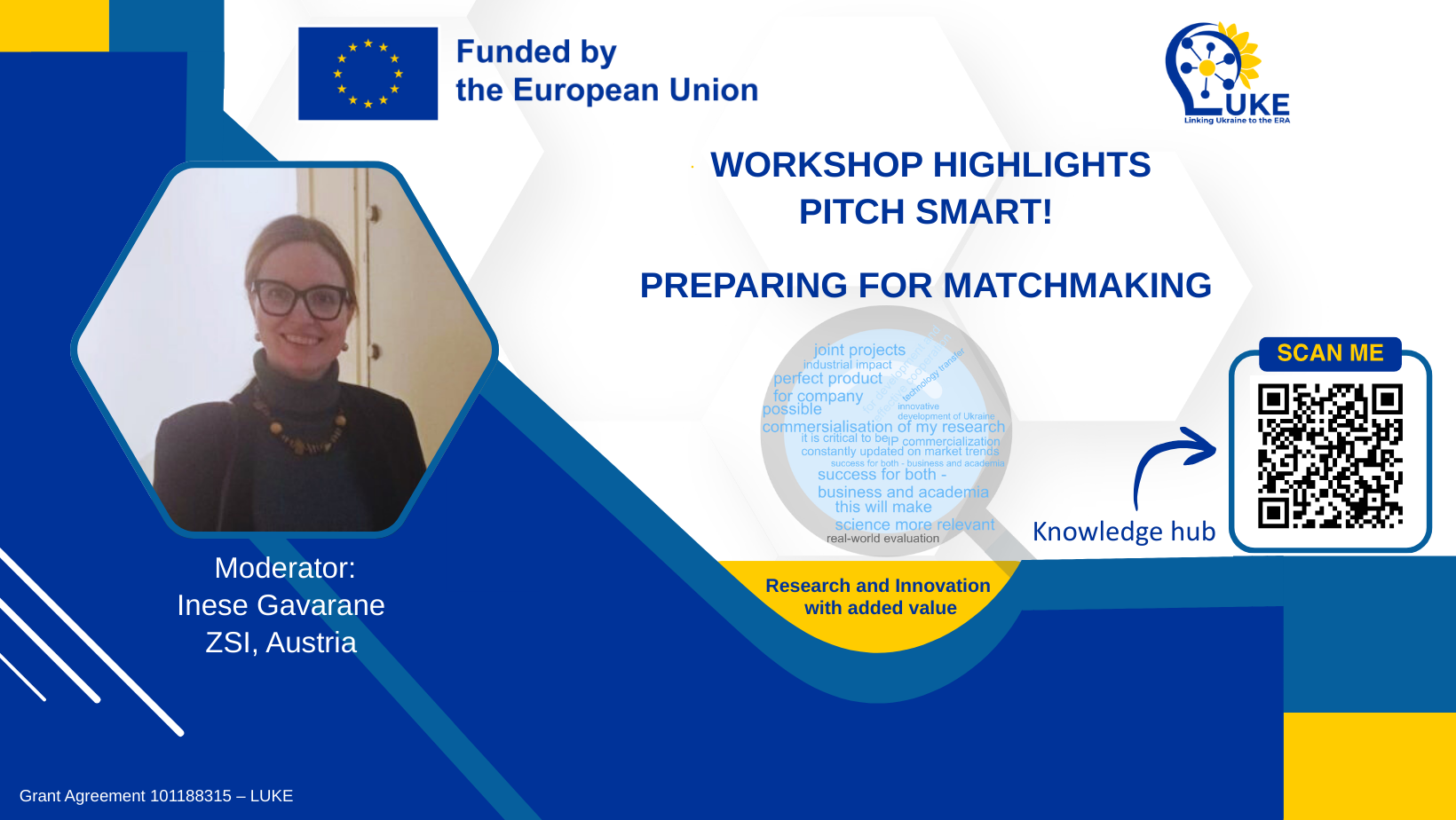World science has learned about the role of neutrophils during attacks of a viruses on the human body relatively recently. Only during the COVID-19 pandemic the ‘warriors of immunity’ (neutrophils) that the body sends to problem areas and the damage they can cause to the organism have received much attention.
Meanwhile, the team of Danylo Halytsky Lviv National Medical University (LNMU) had understood the importance of studying neutrophil extracellular traps even before the pandemic. In 2020, the researchers submitted the project ‘Center for investigation of neutrophil exctracellular traps involvement in initiating tissue pathologies in vivo’ to the NRFU call and were awarded a grant.
We asked the project PI, Professor of the Department of Histology, Cytology, and Embryology of Danylo Halytsky LNMU Rostyslav Bilyi what is the essence of the project, what the researchers had managed to accomplish before the war, and how they feel now.
“To be honest, I did not plan to participate in the NRFU call,” the professor sincerely admitted. “At that time, I was disappointed in Ukrainian calls which used outdated criteria and non-transparent rules. Instead, I participated in international calls and performed interesting research. But at the beginning of 2020, a colleague called me and told me more about the Foundation, explained that it is a new institution where honest and uncommitted specialists work. So, we decided to give it a try.”
The researcher said that the topic of neutrophil extracellular traps was completely new at the time of submitting the project. The phenomenon of these traps was discovered in 2004, but researchers learned about their involvement in pathologies in 2013 only. It is very difficult to track and investigate these ‘warriors of immunity’ because they reside in the blood and tissues of the human body for a short time. When researchers try to ‘catch’ them, neutrophils destroy both themselves and body tissues.
That is why the researchers decided to create a research center where it would be possible to monitor pathological processes in the body of living animals (in vivo) with the help of modern equipment, in particular infrared labels which allow them to observe what happens to neutrophils.
The team did not start researching neutrophil traps from scratch. At the time the project was submitted, researchers had already investigated the role of these cells in the development of certain pathologies (and published the results of the work in ‘Science’, ‘Nature Medicine’, ‘Immunity’), and had found that neutrophils can initiate formation of stones in the bile ducts, are involved in vessel occlusion, etc.
However, the methodology for the study of tissue pathologies in a living organism at that time was not available either to the Ukrainian team or their partners abroad. Therefore, Professor Bilyi proposed to create a tissue pathology research center in vivo. The main idea of the project was the purchase of devices, the establishment of a unified system, and learning how to operate high-tech equipment.
During the implementation of the project, the researchers found out that it is neutrophils that can provoke liver damage. Besides, these cells cause systemic inflammation if the animal is on a diet high in cholesterol and fructose.
“We are sure that the results of research on neutrophil traps in the future will help to overcome many pathologies against which medicine is still ineffective,” emphasized the project PI.
Researchers have also found that neutrophils can be used to develop vaccines.
“When we learned how to activate these ‘warriors’, we realized that they can be used for the production of powerful vaccines. The main thing is to correctly direct this ‘nuclear weapon’ of immunity,” explained Prof. Bilyi. “We obtained antibodies and developed test systems for the detection of virus-neutralizing IgG antibodies in human saliva. Our colleagues from Ivan Horbachevsky Ternopil National Medical University tested these test systems on a large collection of paired samples of serum and saliva. By the way, we discovered an interesting (and previously unknown) feature. It was found out that people who suffered the disease very easily or, on the contrary, very hard, do not have protective IgG class antibodies in their saliva – the first line of defense against the virus.
Also, during the pandemic, the project team joined the work of an international group of specialists which described in detail the role of neutrophils in the course of COVID-19 disease and ways of influencing them. The article was published in the international journal ‘Cell Death and Differentiation’ and has been cited 110 times.
The project was supposed to be completed in 2022, but the war interfered. However, before the start of the full-scale invasion of russian troops into Ukraine, the project team had managed to do a lot. Important research results had been obtained, and expensive equipment had been purchased, in particular, a cytometer and the main module of the in vivo fluorescence analyzer.
“We are currently processing the data and continuing the research,” – said Professor Bilyi. “According to the Calendar Plan of the project, we raised mice for research work. A lot of money has been spent on these animals and a lot of effort has been put into raising them. I cannot let this effort go to waste. Therefore, I attract funding from other sources and continue research. We are very grateful to the equipment manufacturers who came forward to help us with maintenance.”
Researchers have high hopes for the work of their center in the future. Professor Byliy is sure that there should be as many such centers as possible so that researchers who have left can return to Ukraine and continue their research.
In addition to research work, the project team is actively involved in volunteering. Rostyslav Bilyi and Halyna Bila launched production of hemostatics to provide emergency aid to the wounded. Researchers started working on the topic of domestic hemostatics back in 2014 and were awarded a patent. Over the past six months, they have improved the technology and launched the production of the drug ‘Blood Coagulation Activator’ of which are supplied to the front lines hundreds of packages.
One of the team members Anna Karavska assisted in the American field hospital ‘Samaritan’s Bag’ which was located in Lviv in the first months of the war.
“We have a very friendly team of early-career researchers, we do not sit idle, we work hard and bring the victory of Ukraine closer,” the researcher added.
Svitlana GALATA





